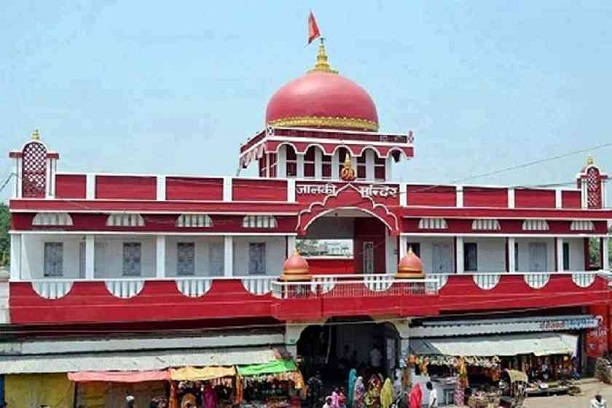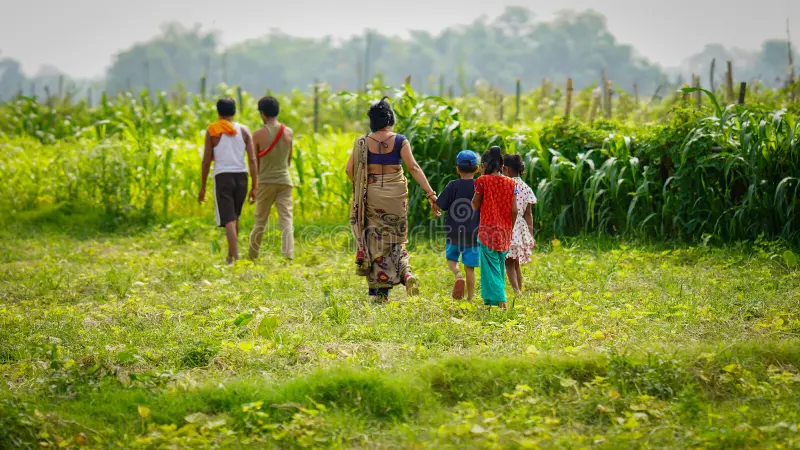
Sitamarhi in Bihar, India not only carries the tag of being a district, but is also a great cultural jewel that has strong links with Indian mythology, history, and roots. As known as the birthplace of Sita, this town occupies a place of utmost in the Ramayana as well Indian history. As a result of the strong histroy and mythology connecting to the Sita, pilgrimages centered on ancient temples dominating the landscape became
The mythology of Sitamarhi has profoundly influenced its traditions, festivals, and way of life, making it a unique cultural hub. Through its temples, rituals, and community practices, Sitamarhi showcases how mythology continues to shape the lives of its people. important components of Sitamarhi’s culture due to the temples’s important elements in religious beliefs and Day to Day practices.
Mythology of Sitamarhi: Rooted in the Ramayana
Sitamarhi’s connection to the Ramayana lies at the heart of its identity. According to the epic, Sitamarhi is where Goddess Sita, also known as Janaki, emerged from the earth during King Janak’s plowing of the land. This divine event is believed to have occurred at Punaura Dham, a site now revered by millions of devotees.
This sacred story establishes Sitamarhi as a spiritual epicenter, intertwining its culture with the moral and ethical teachings of the Ramayana. The mythology of Sitamarhi is not just a tale from the past but a living tradition that continues to inspire its people.
Religious and Cultural Significance of Sitamarhi Temples
Sitamarhi is home to numerous temples that serve as monuments to its mythological heritage. Among them, the Janaki Temple stands out as a significant religious site. Dedicated to Goddess Sita, the temple is a hub for spiritual seekers and devotees who wish to connect with her divine story.
Pilgrimages to Sitamarhi not only reinforce faith but also strengthen the culture of Sitamarhi by encouraging communal celebrations and rituals. Other notable temples, such as Haleshwar Sthan, dedicated to Lord Shiva, further enrich the town’s spiritual landscape.
Sitamarhi Festivals: Celebrating Mythological Roots
Festivals in Sitamarhi offer a vibrant display of its connection to mythology. Ram Navami, celebrating Lord Rama’s birth, is one of the most significant festivals. The event is marked by grand processions, recitals of the Ramayana, and temple ceremonies that attract thousands of devotees.
Such festivals are more than religious events; they are a testament to the enduring influence of the Sitamarhi Ramayana on the town’s identity. The celebrations promote unity, preserve age-old traditions, and enhance the town’s cultural vitality.
Traditions and Rituals Linked to Mythology
The traditions of Sitamarhi are deeply rooted in its mythological past. Wedding customs, for instance, draw inspiration from the marriage of Sita and Rama. From Maithili songs narrating Sita’s life to rituals symbolizing her virtues, the influence of the Ramayana is evident in every aspect of life in Sitamarhi.
The region also observes unique agricultural and harvest-related rituals that pay homage to the story of Sita’s divine birth from the soil. These practices reflect the symbiotic relationship between mythology and daily life.
The Influence of Mythology on Arts and Crafts
The arts and crafts of Sitamarhi are yet another medium through which its mythology is celebrated. Maithili art, known for its intricate designs and storytelling, often depicts scenes from the Ramayana, including Sita’s life events. Folk songs and dramas performed during festivals narrate mythological tales, ensuring that these stories are passed down through generations.
Religious Tourism in Sitamarhi: A Gateway to Mythology
Sitamarhi’s mythological significance has made it a focal point for religious tourism in Bihar. Landmarks like Punaura Dham, Janaki Temple, and Haleshwar Sthan attract pilgrims from across India and beyond.
The influx of visitors has boosted local businesses, from hospitality to handicrafts, contributing to the economic well-being of the region. More importantly, it has ensured that the historical places in Sitamarhi remain well-maintained and continue to inspire new generations.
Modern Reflections of Mythology in Sitamarhi’s Culture
Despite the passage of time, Sitamarhi’s mythology remains a cornerstone of its culture. The younger generation participates in festivals, rituals, and storytelling traditions, keeping the legacy alive. At the same time, modern influences have brought changes, such as the use of digital platforms to promote festivals and historical sites.
Conclusion
The impact of mythology on the culture of Sitamarhi is profound and enduring. From its ancient temples to its vibrant festivals, Sitamarhi is a living testament to the timeless values and teachings of the Ramayana. It is a place where mythology and reality coexist, offering visitors a chance to immerse themselves in a rich cultural and spiritual journey.
Whether you’re drawn to its historical landmarks, inspired by its religious significance, or captivated by its lively traditions, Sitamarhi offers an experience unlike any other. Explore this mythological treasure and witness how the legacy of Sita continues to shape the heart and soul of this remarkable town.

